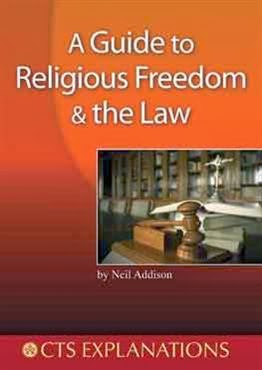As far as I can see this is simply a meaningless publicity stunt which frankly does nothing more than to drag the concept of "crimes against humanity" into disrepute. However for those who might want to explore the legalities I blogged about the subject last year as follows
Monday, 26 July 2010 A World-wide Criminal Conspiracy ?
Friday, 9 April 2010 Put the pope in the dock ?
Monday, 5 July 2010 Doe v Holy See - Not as Important as it appears
No doubt it can, and will, be said that in considering this subject I "parse and analyze it with the gimlet eye of a canon lawyer." to quote Irish Taoiseach Enda Kenny however those who invoke the law in making allegations can hardly object if their allegations are refuted by reference to the law.
As I said last year
Q; Is the Church, the Vatican or the Pope above the law ?
A; No All three are answerable to National or International law. However just as they are not above the Law they should not be treated as below the law or not deserving of the normal rules and protections of the law. Therefore critics who accuse the Church, the Pope or the Vatican of crimes should have to justify their criticisms by applying normal legal rules


